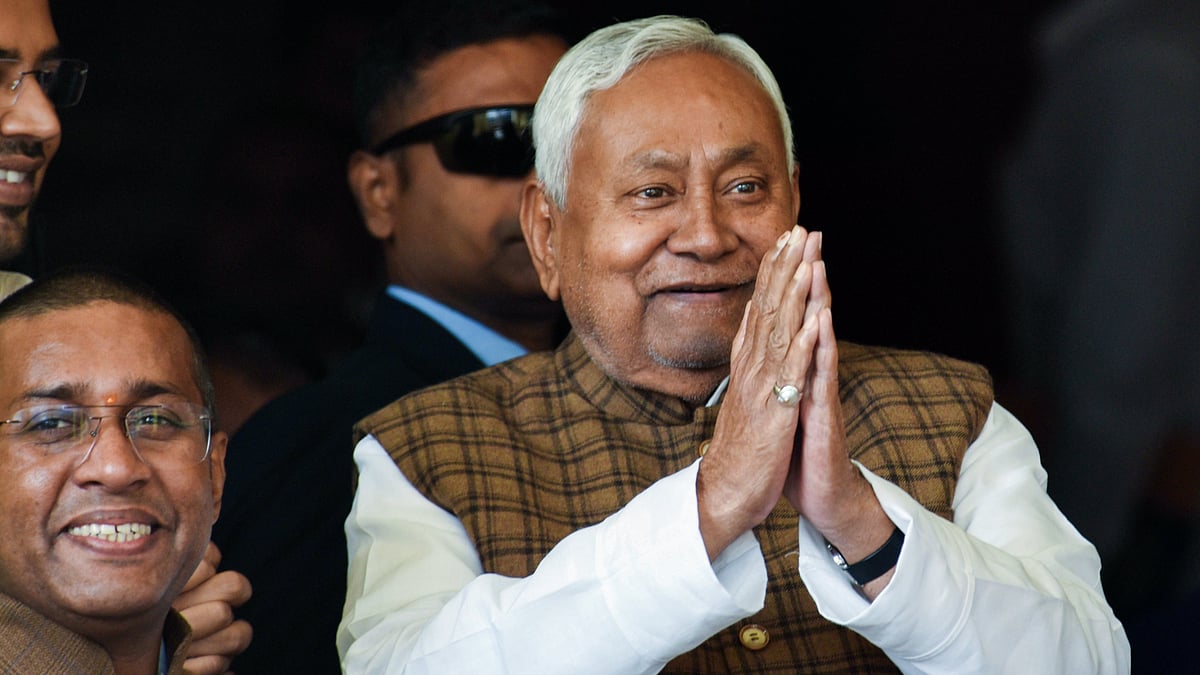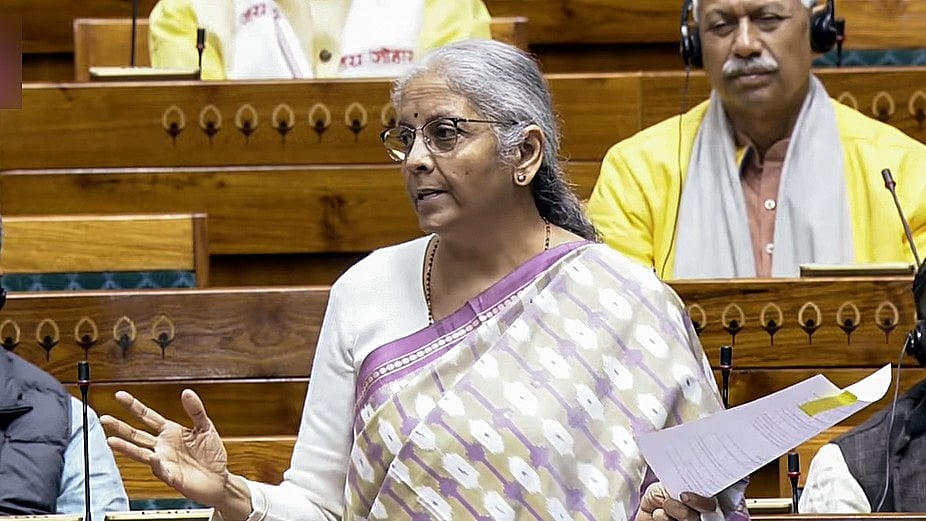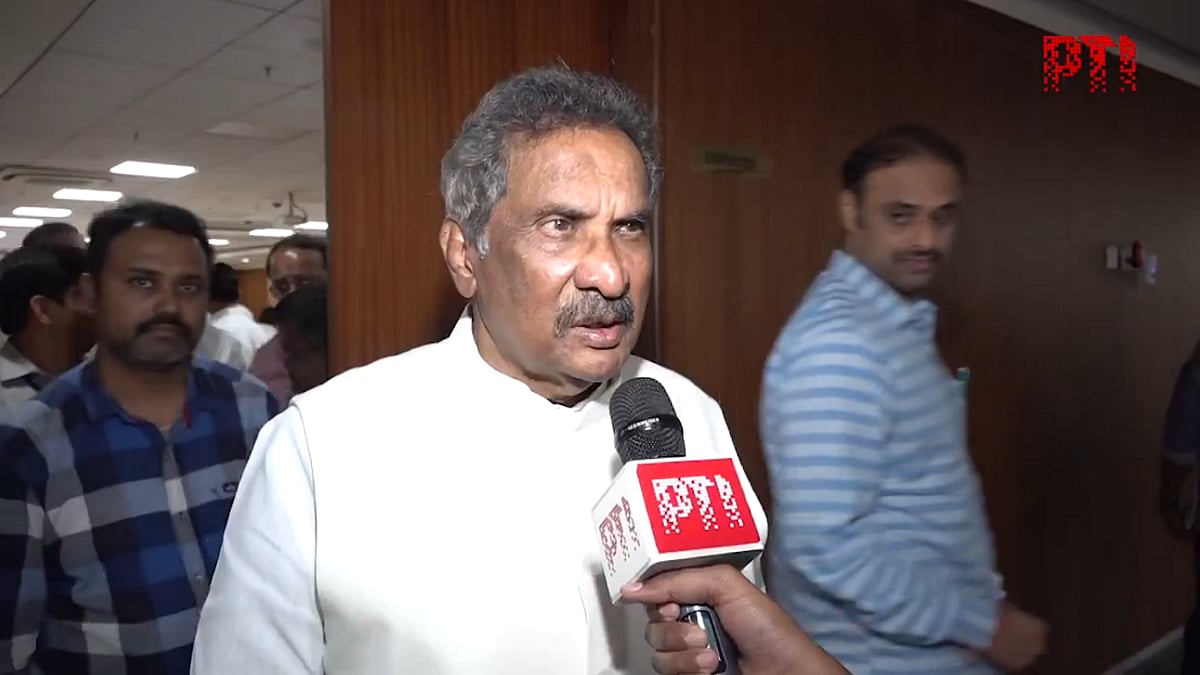In the early hours of June 16, 2013 a flash flood came down upon the overflowing banks of the Chorabari lake in Uttarakhand. Carrying huge amounts of silt and rocks, it destroyed lives, houses and everything else that came its way.
According to figures provided by the Government of Uttarakhand, more than 5,700 people were "presumed dead." This total included 934 local residents. The death toll was later placed at 6,054. Most of the dead were pilgrims.
The upper Himalayan territories of Himachal Pradesh and Uttarakhand are full of forests and snow-covered mountains and thus remain relatively inaccessible.
They are home to several major and historic Hindu and Sikh pilgrimage sites besides several tourist spots and trekking trails. Heavy rainfall for four consecutive days as well as melting snow aggravated the floods.
Warnings by the Indian Meteorological Department predicting heavy rains were not given wide publicity beforehand, causing thousands of people to be caught unaware, resulting in huge loss of life and property.
How it happened
Between June 13 and 17, the state of Uttarakhand had received an unusual amount of rainfall. This led to the melting of the Chorabari glacier and the eruption of the Mandakini river. The floods affected large parts of Uttarakhand, Himachal Pradesh and Western Nepal.
The heavy rainfall caused massive flash floods and landslides resulting in the death of residents and tourists as well as extensive damage to property. Reportedly the worst hit was the Kedarnath valley popular for the 8th century temple dedicated to Lord Shiva.
The flood left behind a death toll of more than 6,000. Ecologist Chandra Prakash Kala notes in a report that “the approximate cost of damaged bridges and roads was $285 million, dam projects worth $ 30 million and loss to state tourism worth $195 million.”
Unplanned development to blame?
None of the environmental laws are implemented in ecologically fragile areas in India and the development is going unabated.
A total of 427 dams are planned to be built on rivers. Among these, there are roughly 70 projects built or proposed on the Ganga, all to generate some 10,000 MW of power. This construction has affected 80% of the Bhagirathi and 65% of the Alaknanda.
More vehicles plying mountain roads
As per data shared by the Uttarakhand State Transport Department, in 2005-06, 83,000- odd vehicles were registered in the state. The figure rose to nearly 180,000 in 2012-13.
Out of this, proportion of cars, jeeps and taxis, which are the most preferred means of transport for tourists landing in the state, increased the most. In 2005-06, 4,000 such vehicles were registered, which jumped to 40,000 in 2012-13.
It is an established fact that there is a straight co-relation between tourism increase and higher incidence of landslides.
Relief efforts by the Indian Armed Forces saved countless lives
Operation Surya Hope is the name that Indian Army’s Central Command gave to its response in Uttarakhand following the June 2013 North India floods.
The Uttarakhand flood was caused by record unseasonal monsoon rains, cloud burst, floods, flash floods, and, possibly, climate change induced glacier lake outburst floods (GLOFs).
The humanitarian disaster affected millions, stranded over 100,000 pilgrims and tourist inHimalayan religious sites, and killed several thousand people.
Operation Surya Hope was conducted by Indian Army's Lucknow based Central Command. Surya or Sun, is the emblem of the Central Command, and features prominently on the Command's formation sign, and flag, which is probably why Central Command chose to name Indian Army's largest ever humanitarian mission as Operation Surya Hope.
The Indian Air Force, the Indian Army, and paramilitary troops evacuated more than 110,000 people from the flood-ravaged area.
Lessons learnt
A study by Utah State University analyzed the natural and anthropogenic influences on the climate anomalies using simulations, and found that:
(a) northern India has experienced increasingly large rainfall in June since the late 1980s,
(b) the increase in rainfall appears to be associated with a tendency in the upper troposphere towards amplified short waves, and
(c) the phasing of such amplified short waves is tied to increased loading of green-house gases and aerosols. In addition, a regional modeling diagnosis attributed 60–90 % of rainfall amounts in the June 2013 event to post-1980 climate trends.
Unprecedented destruction the rainfall witnessed in Uttarakhand state was also attributed, by environmentalists, to unscientific developmental activities undertaken in recent decades contributing to high level of loss of property and lives.
Roads constructed in haphazard style, new resorts and hotels built on fragile river and more than 70 hydroelectric projects in the watersheds of the state led to a "disaster waiting to happen" as termed by certain environmentalists.
The environmental experts reported that the tunnels built and blasts undertaken for the 70 hydro electric projects contributed to the ecological imbalance in the state, with flows of river water restricted and the streamside development activity contributing to a higher number of landslides and more flooding.










